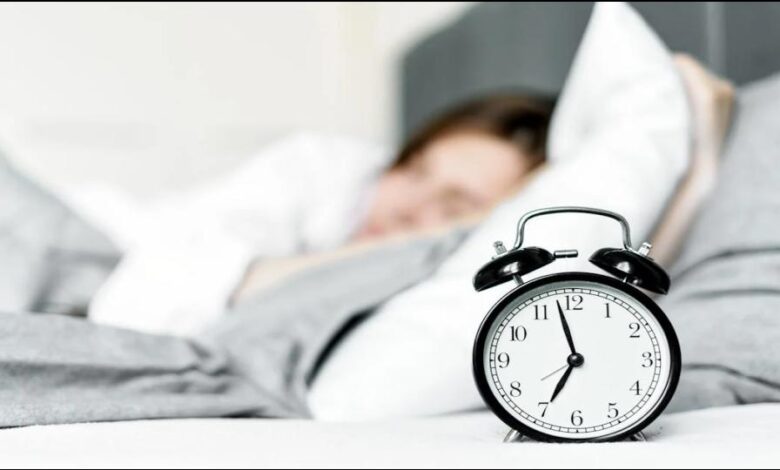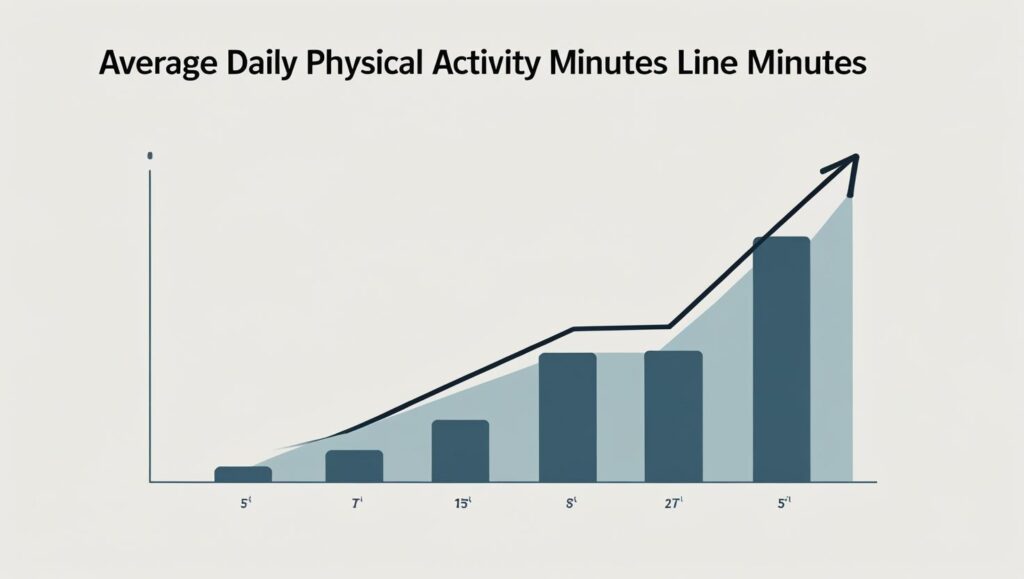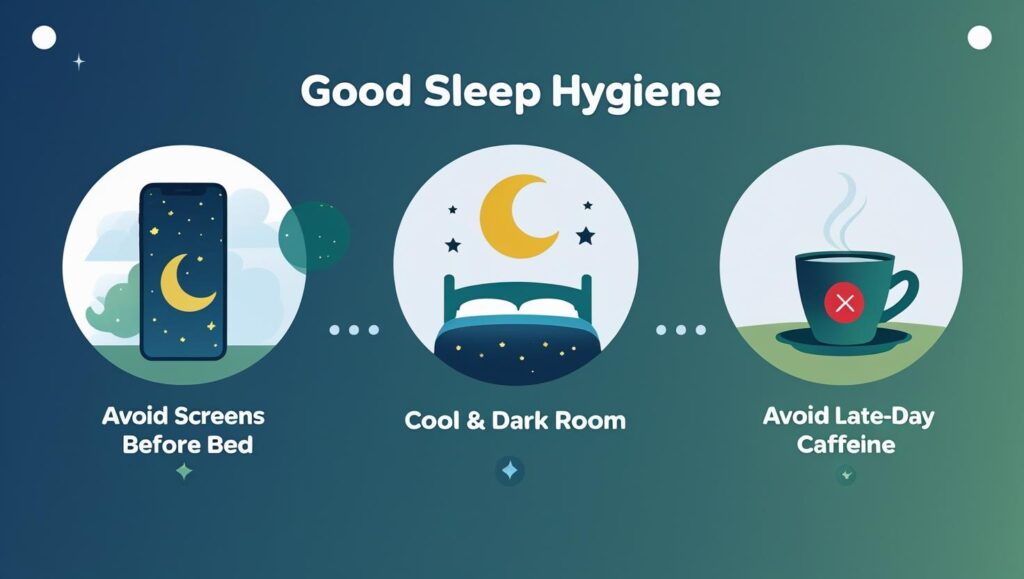The Surprising Key to Unlocking Your Fitness Goals Could Be Your Sleep Timing
New research reveals a strong link between sleep timing and next-day physical activity. A study from Monash University found that earlier bedtimes are directly associated with increased exercise, suggesting an integrated approach to sleep and fitness is key.

Individuals looking to increase their physical activity may find a powerful and overlooked tool in their nighttime routine. A recent large-scale study reveals that sleep timing, specifically going to bed earlier, is strongly associated with higher levels of moderate-to-vigorous physical activity the following day. This finding suggests that public health initiatives promoting exercise could be more effective by integrating advice on sleep schedules.
The research, which tracked thousands of individuals, provides compelling evidence that the relationship between sleep and exercise is more intricate than previously understood, highlighting a direct link between when a person sleeps and how much they move.
Key Findings on Sleep and Activity
| Key Fact | Detail/Statistic |
| Earlier Bedtime Boosts Activity | Individuals who went to bed around 9 p.m. logged about 30 more minutes of moderate-to-vigorous physical activity compared to those who went to bed at 1 a.m. |
| Sleep Is a Health Priority | The American Heart Association (AHA) has added healthy sleep (7-9 hours for adults) to its list of essential components for optimal cardiovascular health, known as “Life’s Essential 8.” |
| The Relationship is Bidirectional | While sleep impacts exercise, regular physical activity is also proven to improve sleep quality by increasing deep sleep and helping to stabilize mood. |
The Research: How Sleep Timing Influences Movement
The pivotal study, led by researchers at Monash University in Australia and published in the Proceedings of the National Academy of Sciences, analyzed data from nearly 20,000 participants over a one-year period using wearable activity trackers. The findings demonstrated a clear pattern: the earlier a person’s bedtime, the more active they were the next day.
“Sleep and physical activity are both critical to health, but until now we didn’t fully grasp how intricately connected they are in everyday life,” said Dr. Elise Facer-Childs, a senior research fellow at Monash University’s School of Psychological Sciences, in a statement accompanying the release.
The data showed that even minor adjustments to sleep timing can yield significant benefits. For instance, shifting bedtime from 11 p.m. to 9 p.m. was associated with an increase of nearly 15 minutes of physical activity. This connection held true even when the total duration of sleep remained the same, isolating bedtime as a key influencing factor.
The ‘Social Jetlag’ Dilemma
The study also shed light on the concept of “social jetlag,” a mismatch between a person’s natural biological clock (chronotype) and the demands of a standard 9-to-5 schedule. This is particularly challenging for “night owls,” or individuals biologically predisposed to later sleep times.
“Standard 9-to-5 routines can clash with the natural sleep preferences of evening types,” noted lead researcher Josh Leota. “This leads to poorer sleep quality and increased daytime sleepiness—which can all reduce motivation and opportunity for physical activity the next day.” By being forced into a schedule that contradicts their internal clock, many individuals may struggle with the fatigue that undermines their exercise adherence.

The Bidirectional Relationship Between Sleep and Exercise
Experts emphasize that the connection between rest and activity is a two-way street. While this new research highlights how sleep affects exercise, a large body of existing evidence confirms that exercise significantly improves sleep quality.
“We have solid evidence that exercise does, in fact, help you fall asleep more quickly and improves sleep quality,” stated Dr. Charlene Gamaldo, medical director of the Johns Hopkins Center for Sleep, in a published article. Moderate aerobic exercise increases the amount of slow-wave sleep, the deep, restorative stage where the body and brain rejuvenate.
This creates a powerful positive feedback loop:
- Better Sleep Hygiene: Prioritizing an earlier, more consistent bedtime can increase the likelihood of exercising.
- Improved Sleep Quality: That physical activity, in turn, helps regulate circadian rhythms and promotes deeper sleep.
This reciprocal relationship suggests that treating sleep and exercise as separate health goals may be less effective than approaching them as an integrated system.

Broader Implications for Public Health
The recognition of sleep’s importance is growing within the medical community. The American Heart Association (AHA) recently added healthy sleep to “Life’s Essential 8,” its core checklist for improving and maintaining cardiovascular health. The AHA recommends that adults aim for an average of 7-9 hours of sleep per night.
According to the AHA, insufficient or poor-quality sleep can negatively impact diet, stress levels, and other lifestyle factors that increase the risk of cardiovascular disease. The Monash study’s findings provide a practical avenue for addressing these risks.
“Rather than just promoting sleep and physical activity independently, health campaigns could encourage earlier bedtimes to naturally foster more active lifestyles,” Leota explained. This integrated approach could prove more effective for individuals struggling to maintain consistent exercise habits.
For those looking to improve their fitness, the message is becoming clearer. The path to better exercise adherence may not begin in the gym, but with the simple act of adjusting one’s bedtime and prioritizing a consistent sleep time schedule.








